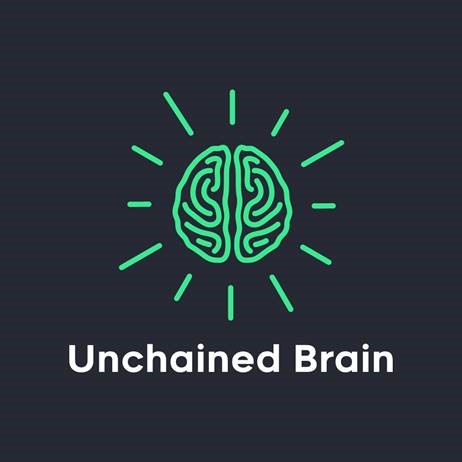It’s that time of the year again: our neighborhoods are decked out in lights, those songs that cause waves of sweet nostalgia are on the radio, every home is full of the smell of freshly baked cookies, and thousands of people in our community feel pressured to hide their seasonal depression under a cheery demeanor and ignore their mental health.
While pop culture romanticizes the holiday season as a time of unbridled glee, this is not the reality for many people. Seasonal Affective Disorder (SAD) affects 0.5 to 3 percent of the general population, 20 percent of those with major depressive disorder, and 25 percent of those with bipolar disorder.
For many of these people, the fall and winter months bring along a wave of disinterestedness, lethargy, guilt and depression. Feeling a bit more down during winter is a very common experience, as the lack of light and shorter days can disrupt the circadian rhythm and decrease levels of serotonin in the brain. However, for people with SAD, this happens to a much greater extent.

Unfortunately, our culture too often reinforces the notion that the holiday season is happiness, and that if it isn’t for you, then you are doing something wrong. Why is the grinch such a bad guy? Because he doesn’t have holiday spirit! Ebeneezer scrooge? Same deal. In Elf , why won’t Santa’s sled fly? Because there isn’t enough holiday spirit in the world! Holiday movies love to drill into our minds that we have a moral obligation to be happy during the holidays.
Nobody wants to be “that family” that can’t just have a happy holiday season. This all becomes an even bigger problem when we pass judgment on those who aren’t in much of a festive mood.
If we perpetuate the notion that the holidays are a universally magical time, and that everyone is obligated to be full of warm, fuzzy feelings throughout the entire month of December, we will alienate a group of people whose true feelings don’t meet that arbitrary standard. We can’t get rid of mental illness by pretending it isn’t there, and we don’t help anyone recover from SAD and improve their mental health by acting as if there is nothing to be sad about during the holiday season.
There is lots of hope, though. There are well-established treatments for SAD-including behavioral therapy, light therapy, and medication-that largely have very good outcomes.
If we want to be a community where people feel as if they can open up about their mental struggles at any time without being judged, we need to stop holding on so tightly to this picture perfect image of the holiday season in our collective conscience. The holidays are often a very busy time, but we ought to still be attentive to the emotions of our friends and family. We still ought to take time to care for our own mental wellness.
Even if the holiday season genuinely is the happiest time of the year for you, don’t have the assumption that everyone else feels the same way. The holiday spirit is a beautiful thing, but the real holiday spirit should be accepting and understanding of those who are struggling. Instead of forcing our image of what the holidays should be down everyone else’s throats, let’s be good listeners and strive to understand the struggles of others that we have not experienced. This is the first step to creating a community where everyone feels like they belong.
Unchained Brain is a student group from Fishers High School that works to educate the community more on nuances of mental illness. Unchained Brain wants to bring easy and accessible education and resources to those in our community. The Unchained Brain group’s favorite thing about the city is the Stigma Free Fishers initiative, which works to make the community a place free from the stigmas of mental health. Learn more on their website and follow them on Instagram and Twitter.

